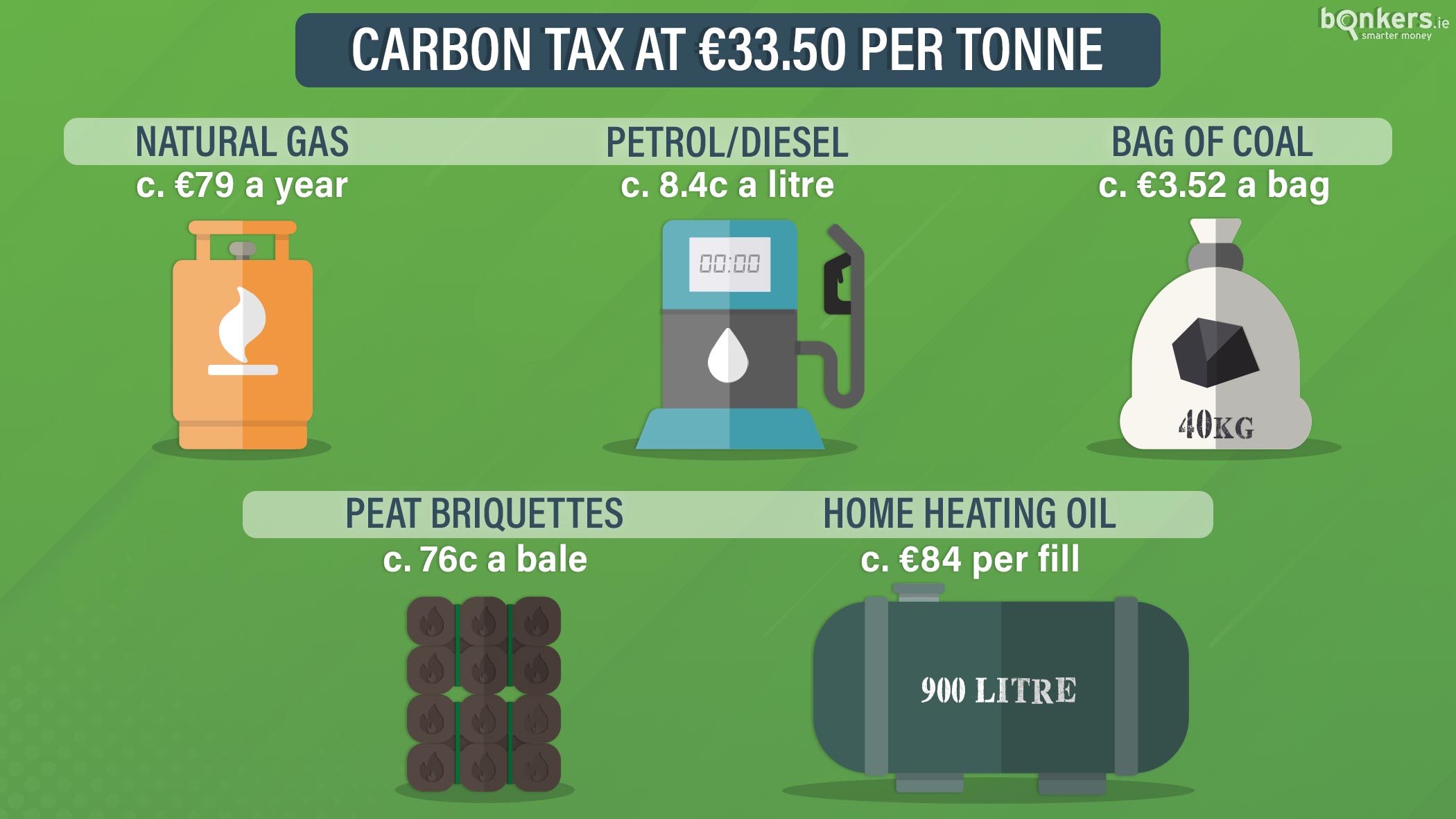

should implement a carbon tax is both important and controversial. This paper explores the impact of carbon pricing in the U.S.
#Carbon tax series#
Furthermore, various carbon tax and emissions trading systems already exist across a series of subnational regions in North America ( World Bank and Ecofys, 2017 Taraska and Marano, 2016). In October 2016, Canada announced that all provinces and territories must have a price on carbon by 2018 and that each provincial approach must adhere to a set of minimum standards ( Trudeau, 2016 Environment and Climate Change Canada, 2017a 2017b). 3 In North America, Mexico implemented a carbon tax on 1 January 2014 and is currently planning for the launch of an emissions trading system (ETS) in 2018. Together, these jurisdictions are responsible for emitting approximately one-quarter of global GHG emissions (see Figure S1 in the Supplementary Material). As of 2017, over 40 Nationally and 25 subnational jurisdictions are using some form of carbon pricing such as an emissions trading system or a carbon tax as a way of regulating GHG emissions. Carbon pricing is one of the policy instruments that appear in the submitted National Determined Contributions (NDCs) which outline a country’s goal for national effort to address emissions ( Environmental Defense Fund and International Emissions Trading Association, 2016).
#Carbon tax update#
The targets are not legally binding but countries must update them every five years. Under the agreement, countries set their own targets for reducing emissions of carbon dioxide and other greenhouse gases (GHGs), with a goal of keeping global warming below 2☌ compared with preindustrial times (and an aspirational goal of 1.5°). The Agreement entered into force less than a year later. To address climate change, countries adopted the Paris Agreement at the Conference of the Parties meeting (COP21) in Paris on 12 December 2015. 2 This proposed legislation highlights the renewed interest in the United States (U.S.) for carbon pricing and appears against the backdrop of increased international acceptance of carbon pricing policies. 1 Shortly following the release of this white paper, Senators Sheldon Whitehouse (D-RI) and Brian Schatz (D-HI), as well as Congressmen Earl Blumenauer (D-OR) and David Cicilline (D-RI) proposed legislation in July 2017 entitled the American Opportunity Carbon Fee Act. In February 2017, the Climate Leadership Council (CLC) released a white paper advocating for a carbon tax as a pro-growth policy that would rebalance trade, promote jobs, and help working class Americans (Baker III et al., 2017).

It can also be an effective and efficient way to prompt innovative economic activity (e.g., Pearce, 1991 Fischer and Newell, 2008 Goulder and Hafstead, 2018 Kaufman et al., 2016 Williams, 2016). It is a generally accepted fact among economists and scholars that a properly implemented carbon tax is the most economically efficient way to reduce a country’s carbon emissions.


 0 kommentar(er)
0 kommentar(er)
